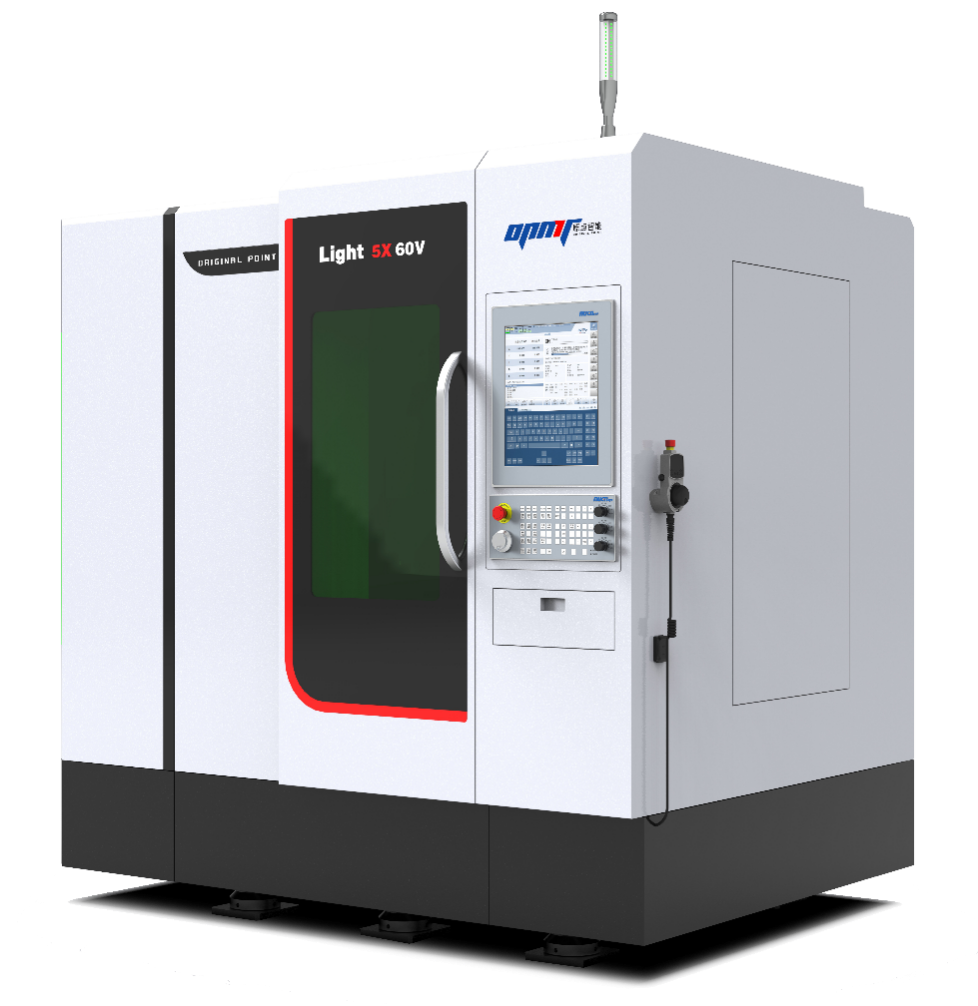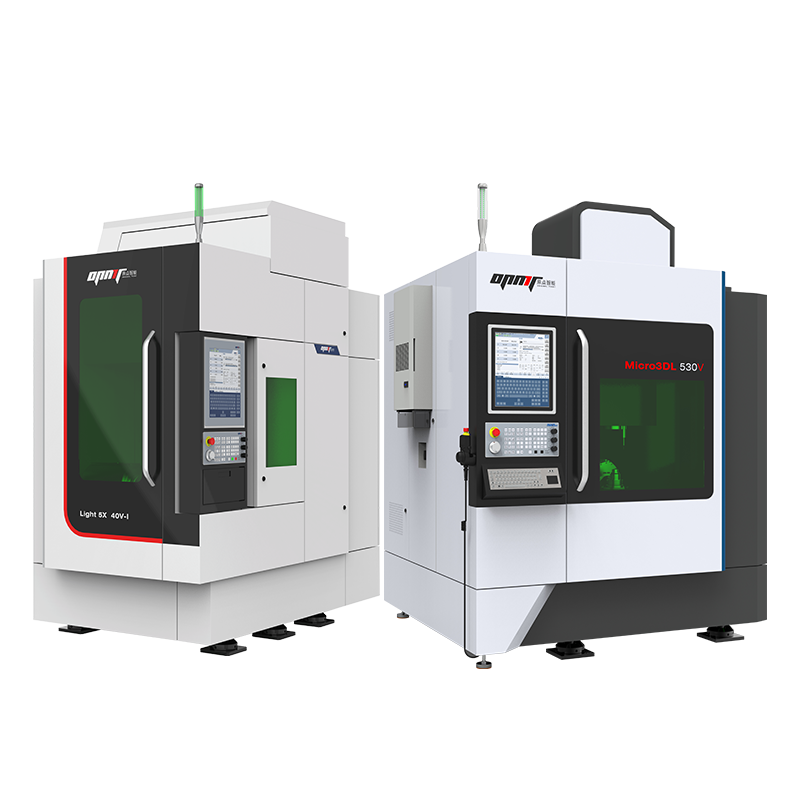In an era where precision and efficiency are paramount, laser-cutting robots have emerged as game-changers in the manufacturing landscape. You may be wondering how these advanced machines can address your machining challenges and enhance productivity. With a staggering 30% increase in operational efficiency reported by industries using laser-cutting technology, the benefits are clear.
At OPMT Laser, we understand your need for reliable solutions that streamline processes and reduce costs. This guide will introduce you to the various types of laser-cutting robots, their innovative applications, and how they can revolutionize your operations across multiple sectors.
Are you ready to unlock the potential of laser-cutting robots? Let’s embark on this journey together!
What Is a Laser Cutting Robot?
Laser cutting robots are sophisticated machines that utilize computer numerical control (CNC) technology to perform precise cutting tasks. These robots are designed to operate with high levels of automation, allowing them to execute complex movements across multiple axes. Specifically, they can be classified into categories such as Multi-Axis Laser Cutting Robotic Arms and Multi-Axis Flatbed Laser Cutters, both of which serve various industrial applications. By integrating advanced laser processing solutions, OPMT Laser enhances the capabilities of these robots, making them invaluable in modern manufacturing environments.
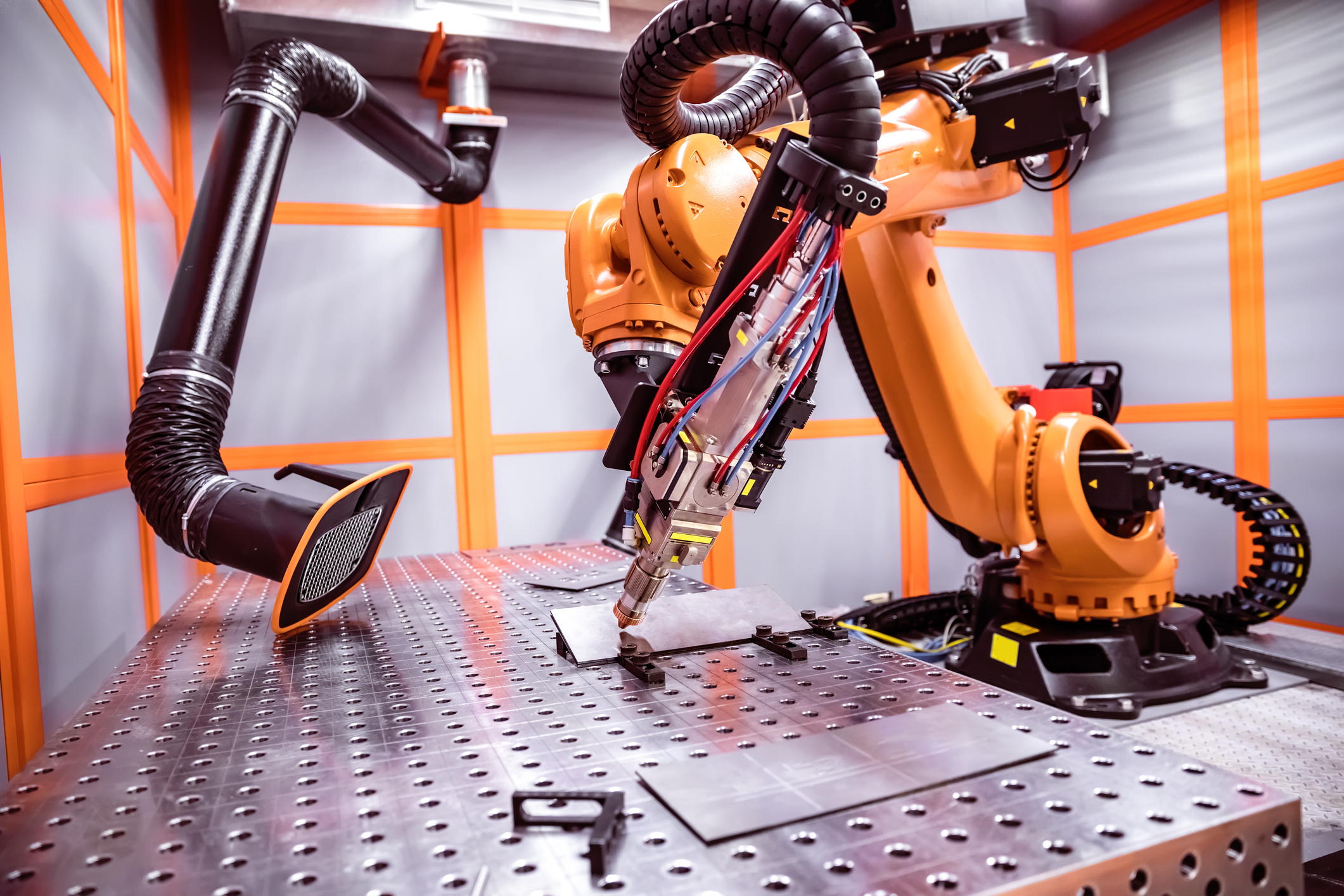
Motion Capabilities
The motion capabilities of laser cutting robots are critical to their functionality. These machines typically operate on multiple axes:
- X-Axis: Moves horizontally from left to right.
- Y-Axis: Moves horizontally from front to back.
- Z-Axis: Moves vertically up and down.
- A-Axis: Rotates horizontally around the X-Axis.
- B-Axis: Rotates horizontally around the Y-Axis.
- C-Axis: Rotates horizontally around the Z-Axis.
A robot that can navigate all six axes is referred to as a “Six-Axis Laser Cutting Robot.” This capability allows for unparalleled flexibility in design and application, enabling manufacturers to create complex shapes and components efficiently.
When considering laser cutting solutions, OPMT Laser stands out due to its commitment to innovation in CNC systems and laser processing technologies. Their products not only improve operational efficiency but also ensure high-quality outcomes that meet industry standards. Explore OPMT’s range of products such as the Micro3D-L530V and LP550V to discover how these advanced systems can transform your manufacturing processes.
Applications of Laser Cutting Robots
Laser cutting robots have become essential tools in various industries, providing precision and efficiency that traditional methods often cannot match. At OPMT Laser, we specialize in innovative CNC systems and laser processing solutions that enhance production quality and speed. Let’s explore how these advanced machines are transforming key sectors.
Automotive Manufacturing
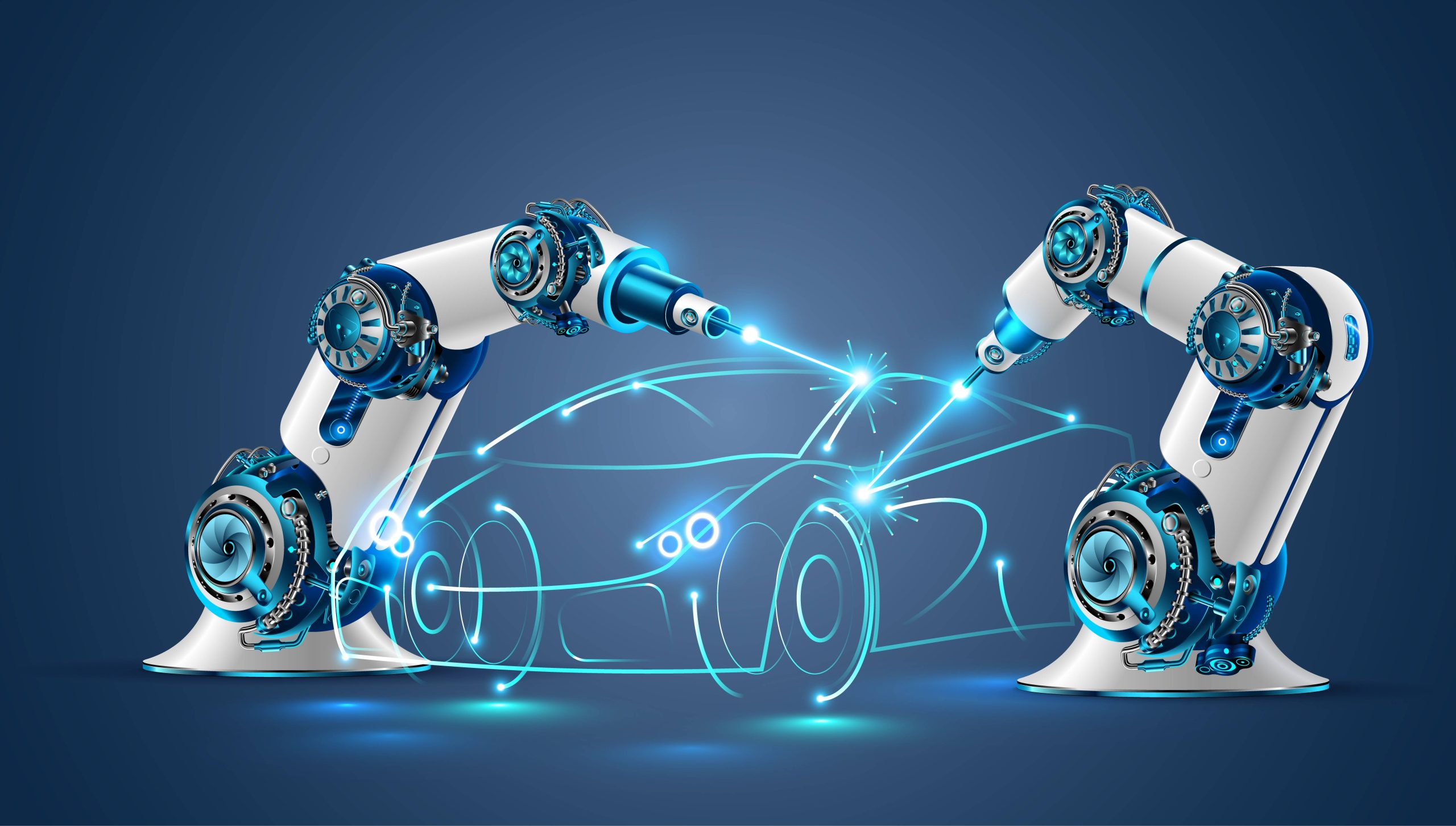
In automotive manufacturing, laser cutting robots play a crucial role in producing intricate components with exceptional accuracy. These machines enable manufacturers to streamline production processes and reduce waste. For instance, multi-axis laser cutters can create complex shapes that are vital for modern vehicle designs. Have you ever wondered how manufacturers ensure each part fits perfectly? The answer lies in the precision offered by laser technology, which allows for tighter tolerances than mechanical methods can achieve. Explore our LP550V Laser Cutting System to see how we contribute to this innovation.
Medical Equipment Production
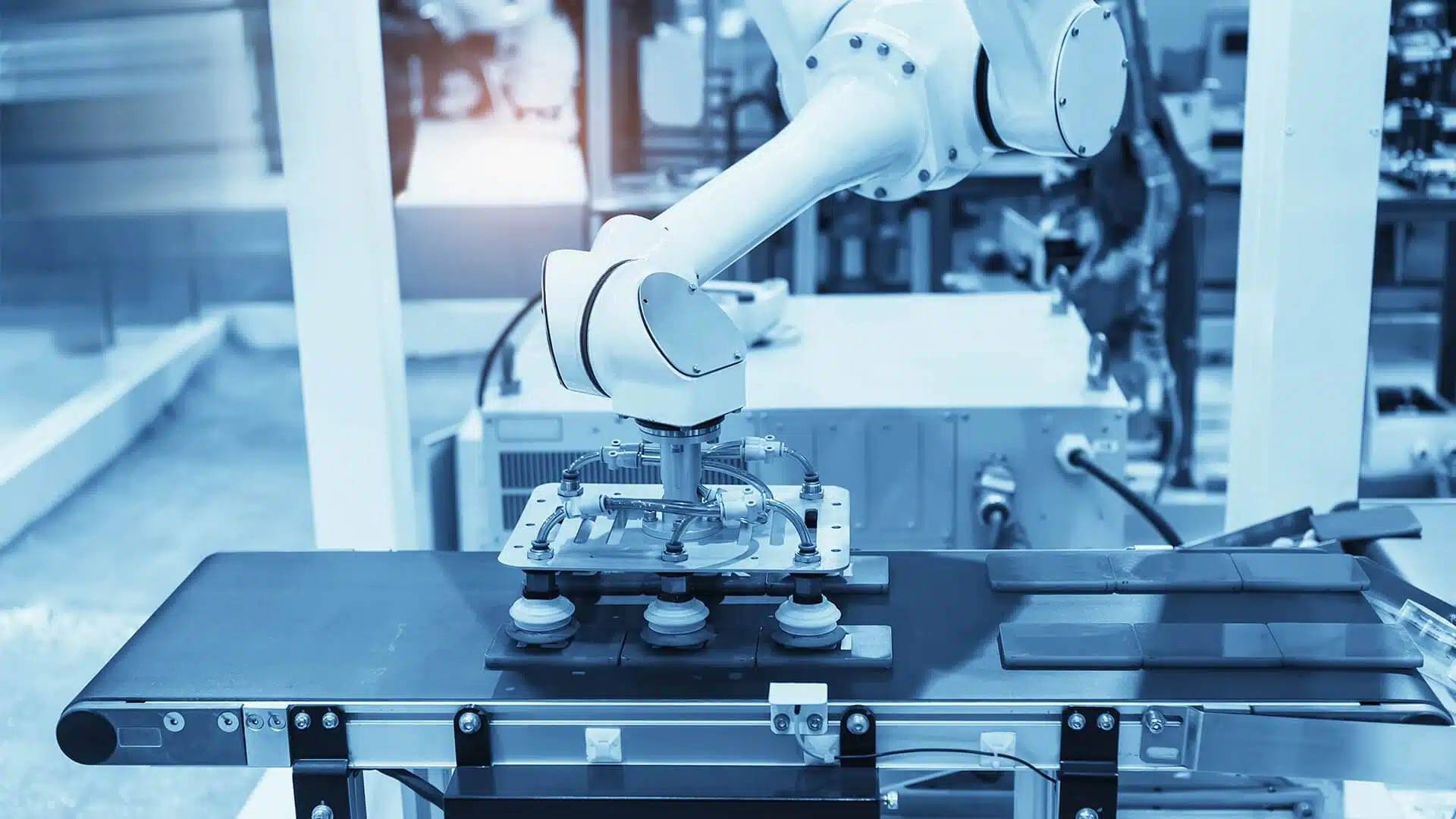
The medical industry demands the highest standards of precision and reliability. Laser cutting robots excel in this field by producing surgical instruments and implants that meet stringent safety regulations. With their ability to perform intricate cuts without damaging surrounding materials, these machines ensure that every piece of equipment is both safe and effective. For example, when creating implants, the precision of laser cutting can significantly reduce the risk of complications during surgeries. Interested in learning more about our capabilities? Check out our Micro3D-L570V Laser Cutter.
Electronics Manufacturing
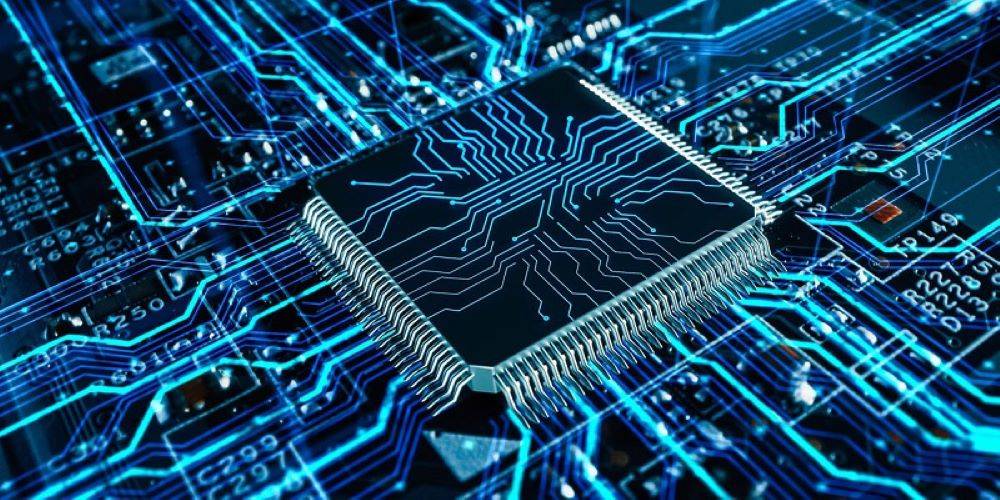
In electronics manufacturing, laser cutting robots are indispensable for producing components like printed circuit boards (PCBs) and semiconductors. These devices require meticulous machining at a micro scale, where traditional mechanical cutters fall short. Laser technology allows for high levels of control and accuracy, ensuring that delicate components are produced without defects. How do manufacturers keep up with the rapid pace of innovation? By integrating laser cutting into their processes, they can quickly adapt to new designs while maintaining quality.
Versatile Applications Across Industries
Laser cutting robots offer remarkable versatility across various sectors. By simply swapping out the cutting head, these machines can perform additional tasks such as welding, cleaning, and marking. This adaptability not only reduces operational costs but also increases efficiency by minimizing downtime between processes. Industries seeking a flexible solution will find that investing in laser technology pays off in both productivity and cost-effectiveness.
How Laser Cutting Robots Work
You may be curious about the intricate workings of laser cutting robots and how they can replicate human-like precision in machining. These advanced machines utilize a combination of sophisticated components to achieve high efficiency and accuracy in various manufacturing processes. Let’s break down the essential elements that define their functionality.
1. Laser Source
At the heart of every laser cutting robot is a dedicated laser source, typically a CO2 or Fiber laser system. The power, wavelength, and intensity of the laser beam are critical factors that determine cutting speed, depth, finish quality, and material compatibility. For instance, CO2 lasers are often preferred for cutting non-metal materials, while Fiber lasers excel at processing metals due to their shorter wavelengths. Additionally, effective fume extraction systems and assisted gas operations are vital for optimizing the machining process. OPMT Laser offers a range of laser sources tailored to meet diverse industrial needs, ensuring optimal performance in every application.
2. Assembly and Components
Laser cutting robots showcase varying degrees of complexity, operating on configurations ranging from 3-axis to 6-axis systems. This flexibility is made possible through a sophisticated assembly that includes high-speed laser scanners, stepper motors, and servo motors. These components work in harmony with smooth guiding rails and pneumatic or hydraulic systems to enable a full 360-degree range of motion. This intricate engineering not only enhances precision but also exemplifies technological innovation in manufacturing. For example, the Micro3D-L570V from OPMT Laser is designed for high-precision applications, demonstrating how advanced assembly contributes to superior performance.
3. Software
The automation and precise movements of laser cutting robots are enabled by sophisticated software running on high-performance computers. Notable software solutions like Cypcut and Cypone streamline operations by providing intuitive interfaces for users to design and manage cutting tasks effectively. As technology evolves, we see an increasing integration of Artificial Intelligence into numerical control systems for these machines, paving the way for enhanced capabilities and applications across various industries. This evolution not only improves operational efficiency but also opens new avenues for innovation in laser processing solutions.
By understanding these core components—laser sources, assembly configurations, and software—manufacturers can leverage the full potential of laser cutting robots to enhance productivity and precision in their operations. OPMT Laser remains at the forefront of this technology, providing innovative CNC systems and laser processing solutions that cater to diverse industrial applications.
5 Common Robot Types Used for Laser Cutting
I. Cartesian Robots
Cartesian robots are essential in the realm of laser cutting, operating within three-dimensional Cartesian coordinates (x, y, z). These CNC machines excel at repetitive tasks and are ideal for high-volume part production due to their straightforward design and reliability. With their ability to move linearly in all three axes, they provide precision and consistency in manufacturing processes.
What makes Cartesian robots particularly appealing is their versatility. They can be configured as 3-axis systems for basic tasks or enhanced to 4-, 5-, or even 6-axis configurations for more complex applications. This flexibility allows them to handle intricate designs and tube-cutting processes effectively. OPMT Laser offers various models, including the Micro3D-L530V, showcasing the capabilities of these advanced systems.
II. Gantry Laser Cutting Robots
Gantry robotic systems utilize large beams to drive the laser cutter across expansive work areas, making them a popular choice for large-scale production environments. These machines operate on Cartesian coordinate systems but can be scaled significantly larger than traditional CNC machines based on project requirements.
Gantry robots are known for their efficiency and precision, especially in industries that require extensive machining capabilities. The 3D five-axis gantry systems represent some of the most advanced options available today, delivering exceptional accuracy and speed. Their open construction simplifies maintenance and material handling, although regular upkeep is necessary to protect them from environmental factors.
III. Articulated Laser Cutting Robotic Arms
Articulated robots, commonly referred to as robotic arms, are designed for flexibility in machining at various angles—capabilities not typically found in standard CNC machines. These six-axis systems enable rapid execution of highly complex designs featuring sharp angles and curves within three-dimensional spaces.
While articulated robotic arms come with higher upfront costs, they are invaluable in specialized manufacturing environments where traditional methods fall short. Industries focused on intricate component fabrication benefit significantly from this technology’s adaptability. For instance, OPMT Laser’s LP550V showcases how these arms can enhance production efficiency.
IV. SCARA Robots
SCARA robots, or Selective Compliance Assembly Robot Arms, are designed for tasks requiring high repeatability and precision. Typically operating on four axes, these robots are ideal for applications involving cyclic stresses where consistency is paramount.
Their fewer joints compared to articulated arms make SCARA robots easier to maintain while still achieving high operational efficiency across various tasks. They are particularly effective in assembly lines where speed and accuracy are crucial.
V. Parallel Robots
Parallel link robots consist of multiple arms working together to create diverse motion types—commonly seen in advanced 3D printing applications. While their use in laser cutting is limited compared to other types, they excel at picking and handling goods efficiently within industrial settings.
These robots can perform complex tasks with high precision due to their unique design, which allows for better control over movements. As industries continue to evolve, parallel robots may find increased applications in laser cutting processes that demand both speed and accuracy.
By understanding these five common robot types used for laser cutting, businesses can make informed decisions about which technology best suits their manufacturing needs. For more innovative CNC solutions and laser processing options, explore OPMT Laser’s range of products such as the LightGrind LT20 and others tailored for specific applications.
Which Materials Can Laser Robots Cut?
Laser robots are incredibly versatile tools that can efficiently cut a wide variety of materials, making them essential in modern manufacturing. Understanding the specific materials that these machines can handle is crucial for optimizing their use in various applications. OPMT Laser specializes in innovative CNC systems and laser processing solutions that enhance cutting precision across different materials.
Metals
When it comes to metals, laser robots excel at cutting materials such as stainless steel, carbon steel, mild steel, and aluminum along with its alloys. Multi-axis fiber laser cutting robots are particularly effective for these applications, capable of cutting through thicknesses of up to 22 mm with the right power settings. Did you know that advanced laser cutting machines can also process titanium? This capability is especially valuable in industries requiring intricate designs, such as automotive manufacturing. For instance, six-axis fiber laser robot arms are commonly used to create complex curves and shapes in automotive parts.
Non-Metals
Laser robots also shine when cutting non-metallic materials. CO2 laser cutters are optimal for non-reflective surfaces, effectively processing materials like wood, leather, glass, ceramic, and fabric. Many industries leverage these machines for acrylic and plexiglass applications as well. The precision offered by OPMT Laser’s CO2 systems ensures clean cuts and minimal waste, making them a preferred choice for designers and manufacturers alike. Have you considered how laser technology can enhance your production processes?
The capabilities of laser robots extend across a broad spectrum of materials:
- Metals: Stainless steel, carbon steel, aluminum, titanium
- Non-Metals: Wood, leather, glass, acrylic
For more information on specific products that enhance your cutting capabilities, check out OPMT Laser’s offerings such as the Micro3D-L530V and the LP550V.
By understanding which materials can be cut using laser technology, businesses can make informed decisions about their manufacturing processes. The adaptability of OPMT Laser’s systems allows for seamless transitions between different material types, ensuring efficiency and quality in every project.
Major Advantages of Using Laser Cutting Robots
Laser cutting robots are transforming the manufacturing landscape with their remarkable efficiency and precision. These advanced machines offer numerous benefits over traditional CNC machinery, making them a preferred choice for modern production environments.
Enhanced Range of Motion
One of the standout features of laser cutting robots is their multi-axis capabilities, which allow for a greater range of motion compared to conventional cutting methods. This flexibility enables manufacturers to produce intricate designs and complex geometries that would be challenging or impossible with standard CNC machines. For example, OPMT Laser’s Micro3D-L530V model exemplifies this advantage by facilitating rapid prototyping while maintaining high accuracy. How does this impact production? It significantly reduces lead times and enhances design possibilities, ultimately leading to more innovative products.
Speed and Precision in Complex Designs
In industries where precision is paramount, laser cutting robots shine due to their ability to execute complex designs at high speeds. Advanced CNC algorithms, such as those found in OPMT Laser’s LP550V, enable features like “Fly Cutting,” which drastically improves machining speeds without compromising quality. This capability is critical for maintaining competitive advantage in fast-paced markets. Have you ever wondered how much time can be saved? Studies show that laser cutting can increase throughput by up to 50%, allowing businesses to meet tight deadlines more effectively.
Space Efficiency
Another significant advantage of laser cutting robots is their compact design. Unlike traditional laser-cutting machines that often require extensive floor space, robotic arms occupy considerably less room, optimizing the production environment. This efficient use of space not only leads to a cleaner workspace but also allows for better workflow management. However, it’s essential to ensure that there is adequate vertical clearance for the robotic arms to operate freely. By integrating models like the LightMut-750V, manufacturers can maximize their operational footprint while minimizing clutter.
Autonomous Operation
Laser cutting robots can operate autonomously with minimal human intervention, thanks to advanced programming software. This feature reduces labor costs and enhances safety by limiting human exposure during complex operations. For instance, OPMT Laser’s Diacut-L315V model is designed for fully automated processes, ensuring consistent quality and reliability in production runs. Why is this important? It allows companies to focus on strategic tasks while the robots handle repetitive cutting processes efficiently.
Who Can Benefit from the Use of Laser Cutting Robots?
Laser cutting robots are revolutionizing manufacturing, particularly benefiting industries that demand precision and efficiency. The automotive and electronics sectors exemplify this, where intricate designs and rapid production are vital. Companies using OPMT Laser’s advanced CNC systems achieve exceptional accuracy while minimizing waste, leading to substantial cost savings.
The advantages of laser cutting technology include versatility, as these machines can cut various materials like metals and plastics, and cost efficiency, with long-term savings from reduced labor costs. Additionally, automation enhances safety by lowering human error and exposure to hazards. However, laser cutting robots may not suit every application; traditional 2-axis systems often perform better for simple tasks at a lower cost. Smaller businesses might also find the upfront investment in multi-axis systems challenging. Understanding these factors allows companies to make informed decisions about integrating laser cutting technology into their operations. Explore how OPMT Laser’s products like the Micro3D-L530V can enhance your manufacturing processes today.
How Much Does a Laser Cutting Robot Cost?
When considering an investment in laser cutting technology, it’s important to recognize that these advanced machines typically range from $30,000 to $250,000. This price variation depends on several factors including machine type, power output, and additional features. OPMT Laser emphasizes the importance of selecting a reputable manufacturer; clear communication of your project requirements is essential to ensure you receive a customized solution that meets your specific needs.
Conclusion
Laser cutting robots are at the forefront of manufacturing innovation, addressing your need for precision and efficiency. As industries increasingly invest in these advanced machines, you can expect a remarkable 30% boost in operational efficiency, making them a smart choice for your projects.
At OPMT Laser, we are committed to providing tailored solutions that enhance your production capabilities. Our guide has introduced you to the exciting world of multi-axis laser-cutting robots, highlighting their transformative potential across various sectors.
Are you ready to elevate your manufacturing processes? Explore OPMT Laser’s cutting-edge offerings and discover how our technology can empower your business to achieve unparalleled results!
Disclaimer
This content is compiled by OPMT Laser based on publicly available information for reference only; mentions of third-party brands and products are for objective comparison and do not imply any commercial association or endorsement.

